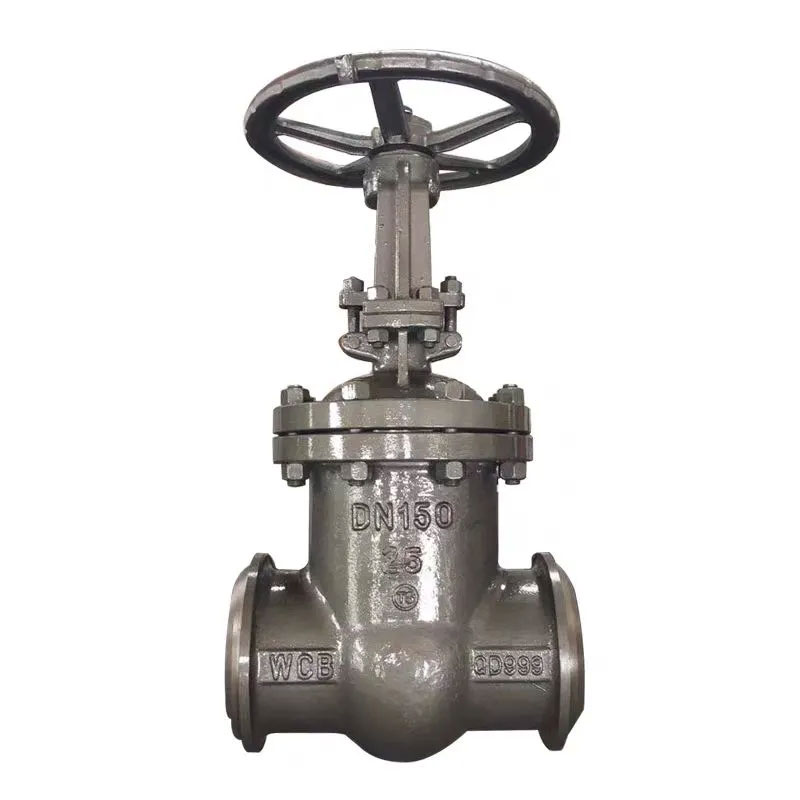Main Criteria for Flange Ball Valves
2025-06-23
Flange ball valves are essential components in piping systems across industries such as oil and gas, water treatment, chemical processing, and power generation. These valves control fluid flow by utilizing a rotating ball with a bore that aligns with the flow when open and blocks it when closed. The flange connection, which bolts the valve to the pipeline, provides strong, leak-proof seals. Selecting the right flange ball valve is critical for ensuring safety, efficiency, and durability. The main criteria for flange ball valves include material compatibility, pressure and temperature ratings, valve design, flange standards, and operational mechanism.
1. Material Compatibility
The valve body, ball, and seals must be compatible with the fluid being handled. Common materials for the body include stainless steel, carbon steel, and cast iron. For corrosive or high-temperature applications, stainless steel is preferred due to its resistance to rust and chemicals. The ball is typically made of hardened stainless steel or chrome-plated brass to withstand wear. Seals or seats are usually made from materials like PTFE (Teflon), reinforced Teflon, or metal, depending on the temperature and chemical resistance required.
2. Pressure and Temperature Ratings
Flange ball valves must be rated to withstand the maximum operating pressure and temperature of the system. These ratings are determined by the valve design and the materials used. For example, ANSI Class 150, 300, 600, and higher ratings correspond to increasing levels of pressure tolerance. The temperature rating ensures the valve can function effectively without degrading or losing sealing capacity. Exceeding these ratings can lead to valve failure or system leakage.

3. Valve Design
Design aspects such as bore size, port type, and end connections play a significant role. Full-bore (or full-port) valves allow unobstructed flow, making them ideal for applications where pressure drop must be minimized. Reduced-bore valves are more compact and suitable for applications where slight pressure loss is acceptable. The choice between one-piece, two-piece, and three-piece valve designs affects maintenance and cost. Three-piece designs allow easy cleaning and replacement of parts without removing the valve from the pipeline.
4. Flange Standards and Dimensions
The flanges must conform to international standards like ANSI, DIN, JIS, or ISO to ensure compatibility with the pipeline system. These standards define the flange diameter, bolt hole circle, and bolt size. Proper matching of flange dimensions is crucial for a leak-tight fit. Misalignment can cause stress and lead to premature failure or hazardous leaks.
5. Operational Mechanism
Flange ball valves can be manually operated with a handle, or automated using electric or pneumatic actuators. The choice depends on the required control, frequency of operation, and whether remote operation is needed. For example, in high-cycle or hazardous environments, automated valves enhance safety and efficiency.
Conclusion
Choosing the right flange ball valve involves careful consideration of the operating environment, fluid characteristics, and system requirements. Material compatibility, pressure and temperature ratings, design type, flange standards, and actuation method are the main criteria that ensure the valve performs reliably and safely. Selecting valves based on these factors not only enhances operational efficiency but also minimizes downtime and maintenance costs.


